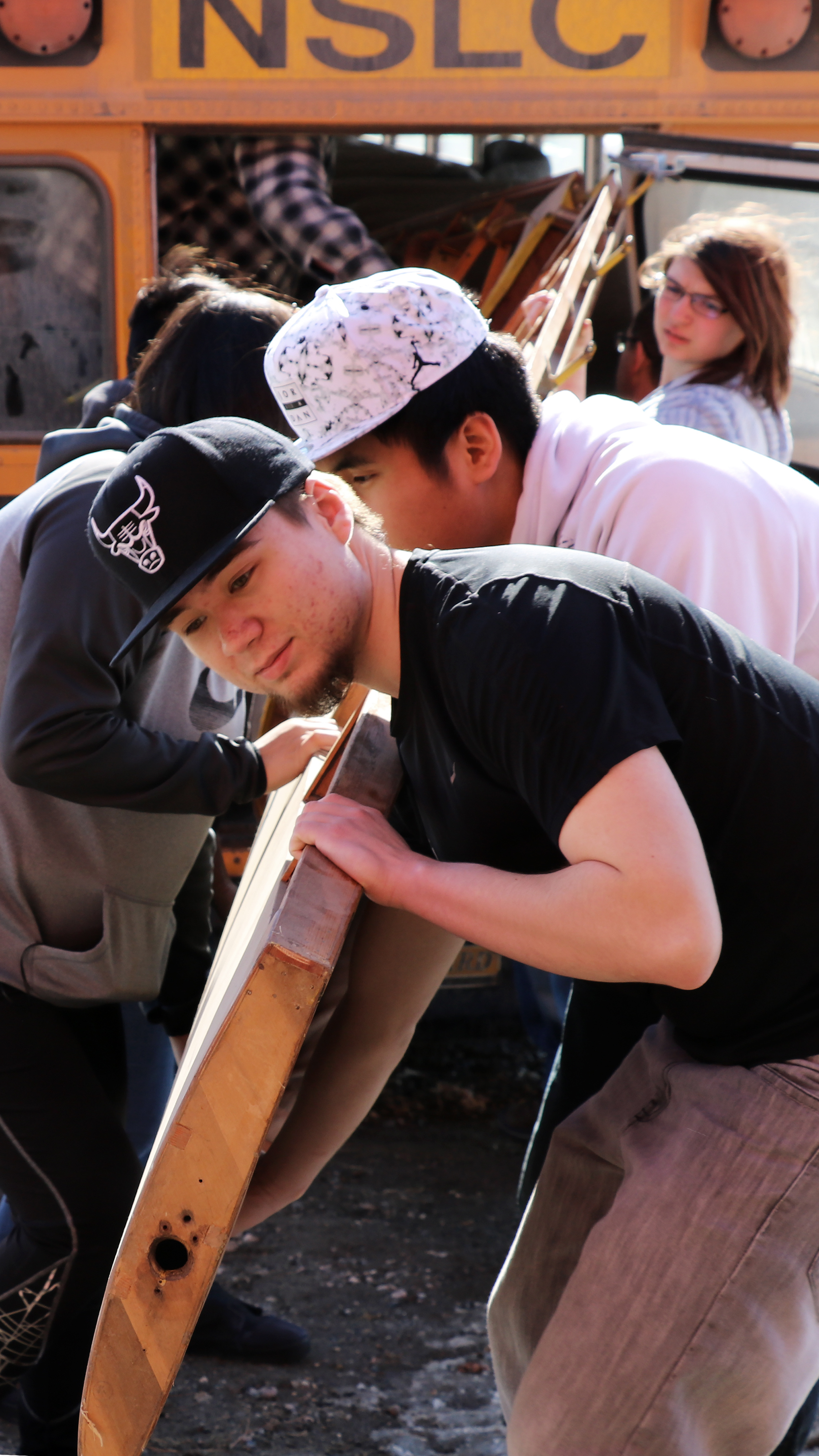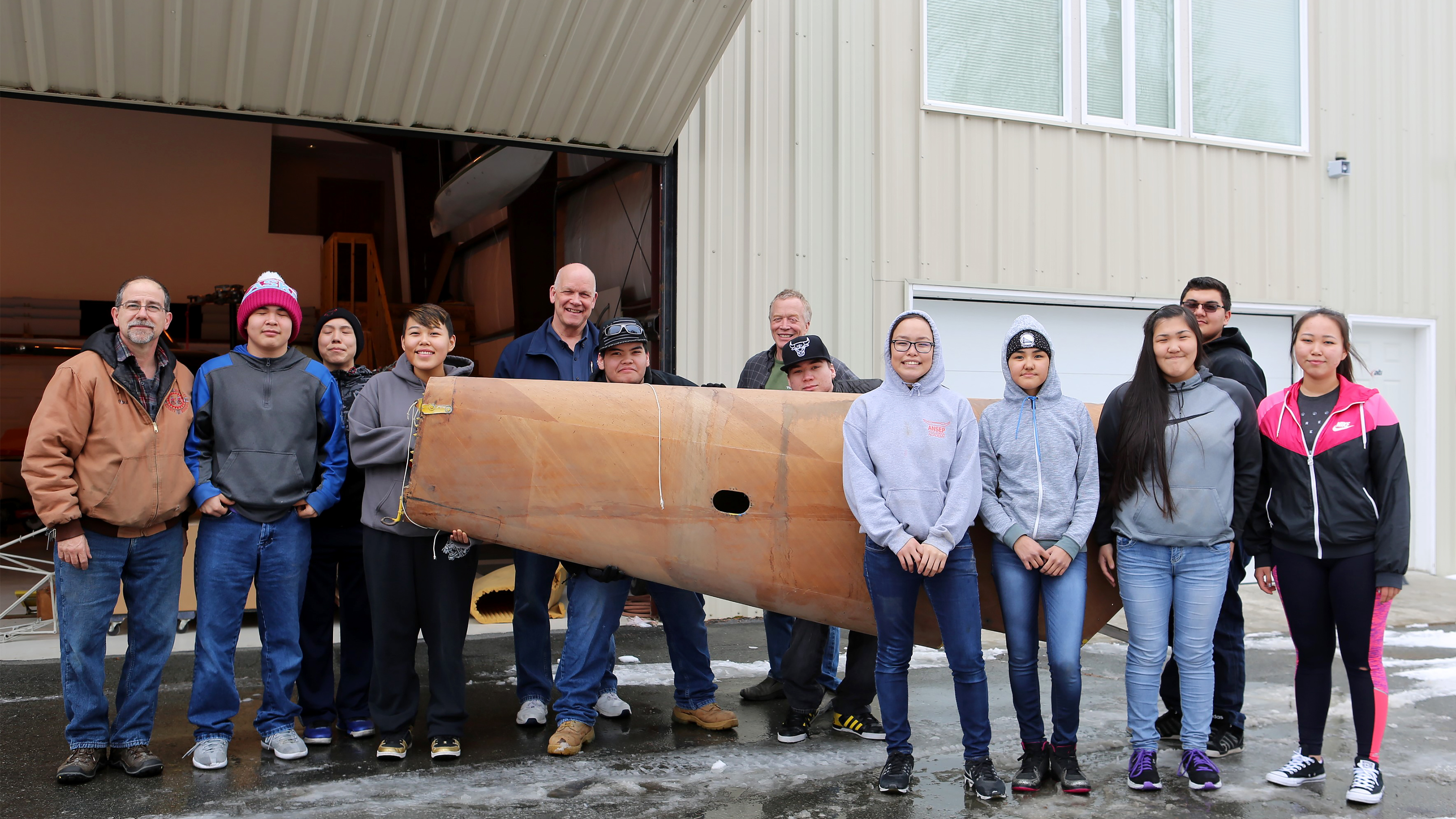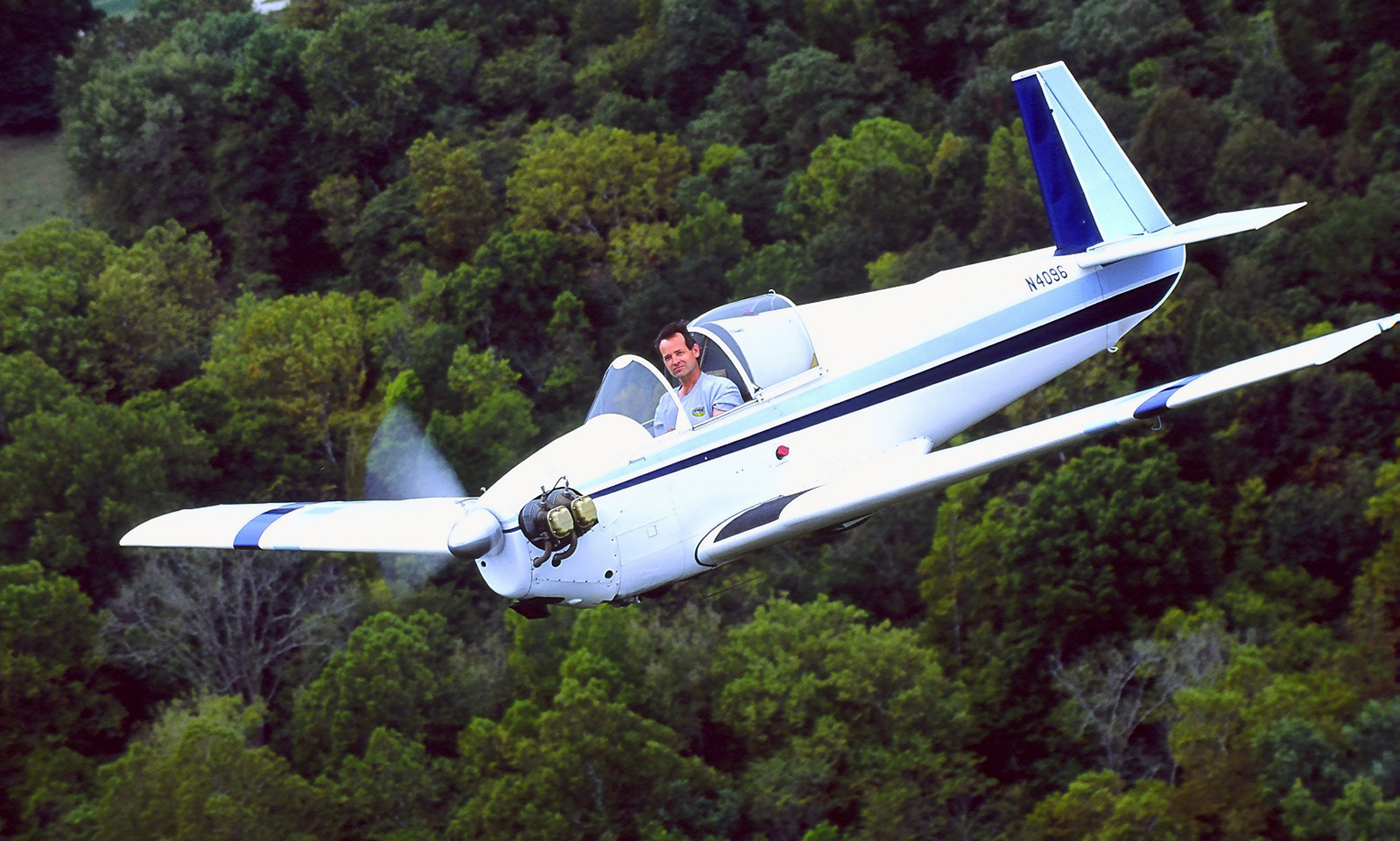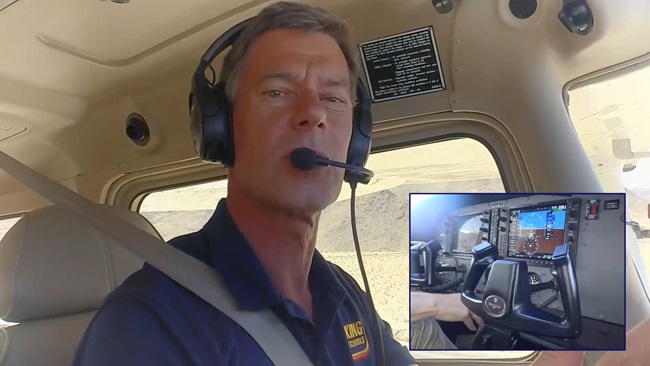Mooney Mite travels by school bus for restoration
Alaska K-12 school restoring pint-sized airplane
An Alaska high school employee made plans to pluck a 1950s-era wooden aircraft project from the rafters of a Wasilla hangar and transport it by school bus to the tiny village of Nenana, more than 200 miles away, for restoration. Pilot and Nenana City School maintenance worker Paul Carattini recognized the quirky Mooney M18C Mite was a diamond in the rough that could become a valuable teaching tool.
“We worked out a deal for a little bit of cash and a donation,” said Carattini, a pilot who hoped the “only Mite left in Alaska” would soon inspire the next generation of aviators. The diminutive Mooney has a Continental C65 four-cylinder engine that has 400 hours on it. “It’s properly pickled and the engine is worth more than the little bit of cash we paid for the project.” He said students would learn the fine art of hand-propping the little 65-horsepower engine because it has no electric starter system.
Carattini thought a hands-on aircraft restoration would be an ideal teaching platform because students could apply science, technology, engineering, and math (STEM) concepts to a real project while learning valuable skills. After several delays, which included troubleshooting a leaky transmission line on the school bus, 12 students studying the school’s STEM curriculum, including seven in the aviation program, piled into the yellow bus March 31 for the rescue.
AOPA’s Aviation High School Initiative, which is part of the association’s You Can Fly program, helps build and sustain aviation-based STEM programs in high schools to provide a quality workforce to the aviation industry.
“We are not looking for a project that will take 10 years of after-school work to restore,” Carattini said. “The idea is for the students to do the majority of the work, not adults. We started acquiring sheet metal tools for metal aircraft but we already have a wood shop so this is something we could start on and jump in right away.”
According to the Mooney Mite website maintained by aficionado Dave Rutherford, the single-seat Mite was known as one of the most efficient airplanes of its day. The tiny aircraft could be “operated for less than a penny per mile” when new, and sipped fuel at 4 gallons per hour. Its retractable tricycle landing gear, metal fuselage, and low-wing configuration helped endear the Mite to aviators more familiar with high-wing aircraft and fixed conventional landing gear.

Rutherford has stick time in a Mite and told AOPA that it takes some getting used to. “The Mite doesn’t have very good brakes on it so taxiing is a bit of a challenge. The gear is manual so it operates quickly. There’s not much headroom and your shoulders are right up against the sides. It’s fast, noisy, and you can smell the engine.” Rutherford has logged much more time in a Cessna 172, so one other trait of the Mite drew his attention: Because the aircraft sits so low, “The view from the cockpit makes you feel like your bum is going to drag on the ground.”
Despite their quirkiness, the little aircraft were “lively record-setters” that cruised at 125 mph, according to the Smithsonian National Air and Space Museum, which has one on display.
Before Carattini committed to rebuilding the wooden speedster, he reached out to Rutherford via email to determine whether the one-piece, 26.8-foot-long wooden wing would fit inside a typical school bus. The metal-covered steel-tube fuselage, which is about 10 feet shorter, was not a factor. When they determined the bus would hold both pieces, Carattini began to put the wheels in motion. After consulting with Rutherford and other aviation specialists, Carattini decided the five-hour drive from Nenana to Wasilla would be worthwhile despite the unknown road that lay ahead.
“Keep in mind that building wooden aircraft is almost a lost art,” Rutherford advised. Indeed, the airworthiness challenges of a nearly 70-year-old aircraft worried Carattini. He asked Rutherford for advice on any problems that could be “too expensive or too difficult” for a high school program to tackle. Carattini was concerned about “the process of getting the Mite flyable again, legally” and didn’t want to dash his students’ hopes if it was beyond their skill level.
Mooney wood-wing loyalists pointed to several design features that could pose challenges during a spinner-to-tail restoration. For example, engineers used a single spruce-and-plywood spar inside a miniature version of Mooney’s aerodynamically “slick” wing, which is similar to the manufacturer's line of metal-wing M20 series aircraft. A linked “Safe-Trim” system interconnects the stabilizer to the flaps to assist Mite pilots with proper landing or takeoff configurations.
Rutherford wrote that dry rot, glue separation, and the condition of fabric-covered wing and tail surfaces all warranted “close attention.” The Mite’s wooden tail assembly, similar to its M20A big brother, is a “tender spot.” The entire tail unit moves up and down when the elevator is trimmed, and any weakness could be catastrophic he explained. Overall the aircraft is “fairly easy to work with,” but any restoration needs a vigilant evaluation for wood rot, particularly the empennage.
“This plane has low hours on it and it was kept inside so it’s in pretty good shape,” Carattini told AOPA. They determined that the Mite, N482M, was manufactured in 1950 as serial number 226 and had been flying regularly until it was properly dismantled and stored for 20 years by owner Tim Veenstra.
The school was scheduled to pick up the Mooney Mite in early March, said Nenana School District Superintendent Eric Gebhart. However, when they went to retrieve it, “a transmission line on the bus blew up” and delayed the trip. The bus was repaired, and the trip to secure the pint-sized wonder went off without a hitch in early April.

The small K-12 public school began its aviation program in 2013 with eight students who learned everything from aircraft maintenance to flying skills. The program has been going strong ever since, with some students carpooling an hour to the Fairbanks airport for flight lessons in a Cessna 172. Nenana has an after-school aviation maintenance program on campus for students interested in becoming A&P mechanics, and it has developed a relationship with ProFlite of Alaska, a maintenance facility at Fairbanks International Airport, about 60 miles away.
Carattini and Gebhart are excited about the wood-wing Mite because Nenana's wood workshop is already outfitted with most of the woodworking tools students need to bring the aircraft back to life.
The minuscule airplane fits snugly inside the shop, which is a hop, skip, and a jump from the Nenana Student Living Center. About 80 of the 175 students enrolled bunk in an overnight living center because the school is miles away from their parents’ rural backcountry homes and villages. Relocating the Mite to the school makes it convenient for maintenance students to wrench on an aircraft that is, more or less, in their backyard, said Carattini.
Gebhart, who is not a pilot, said, “It’s been really fun to watch these kids get aviation skills.” He proudly pointed to four students who already earned their private pilot certificates and indicated "we’ll have two more this year.”
The superintendent said that the Mite project would ensure that students could pursue some type of aviation studies even if rumored budget cuts threatened the flight portion of Nenana’s aviation program. “The flight training program is where it started for us,” he added, “but we also have kids interested in the aviation mechanics side.”
Gebhart said he imagined “the day when one of my kids would be the pilot flying me around. There’s such a need for pilots in every part of the state and we’ve just been pecking away at it.”





